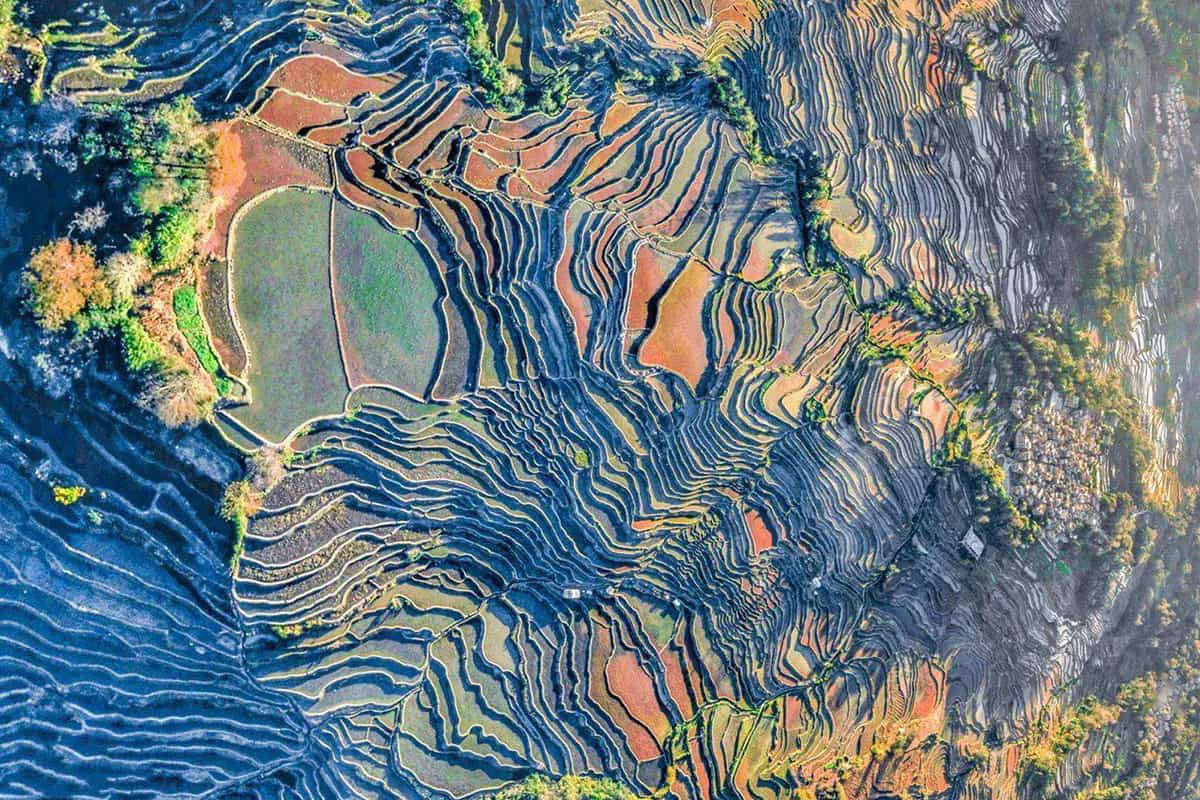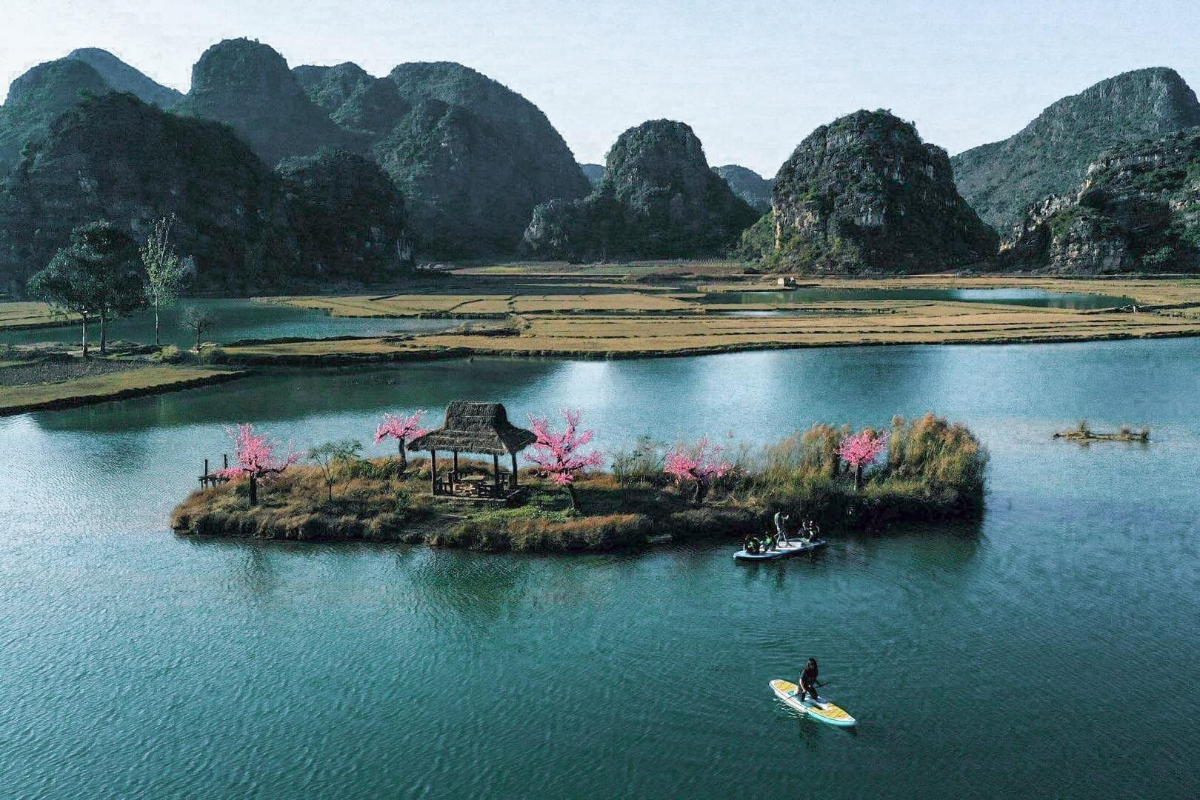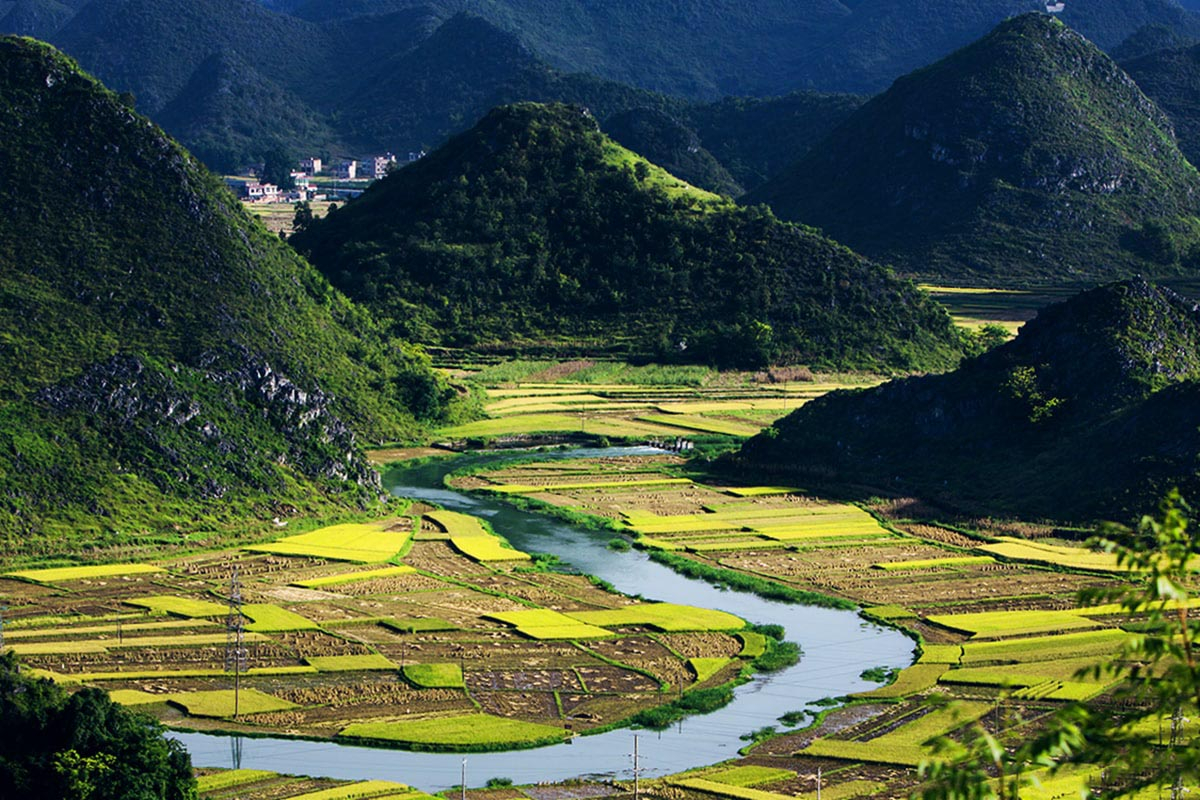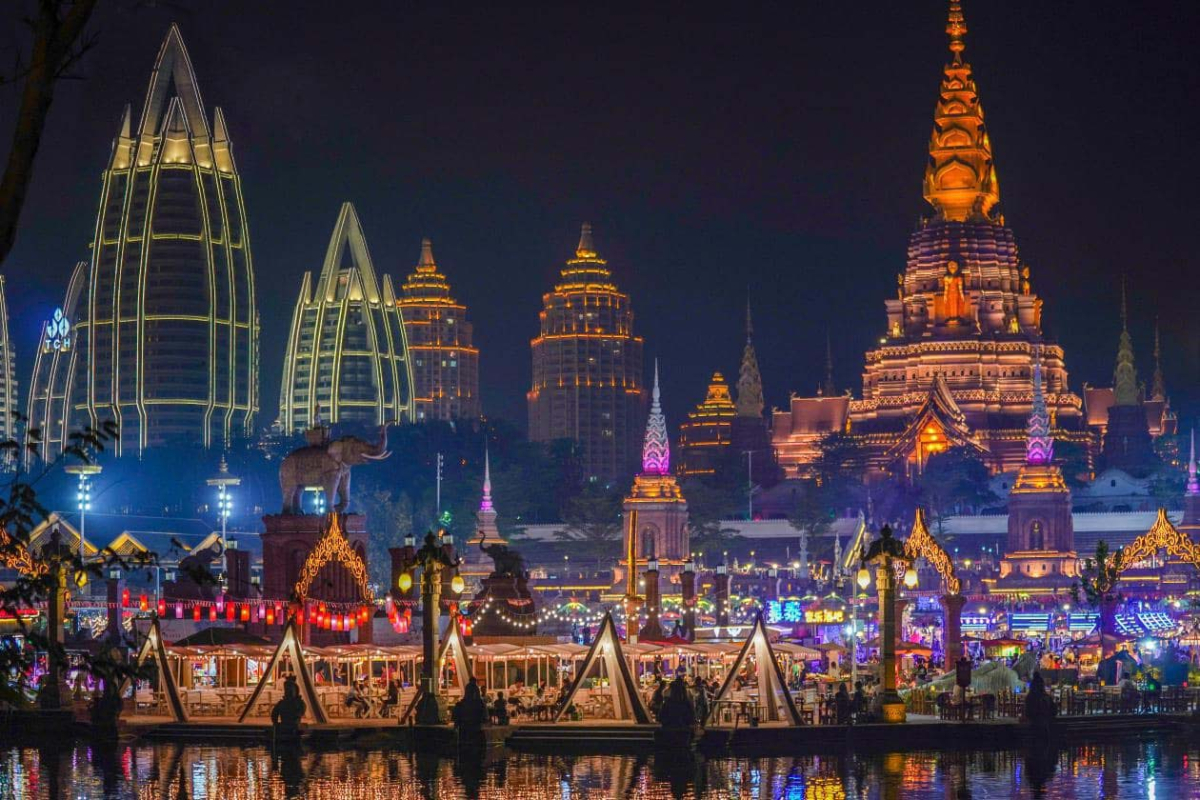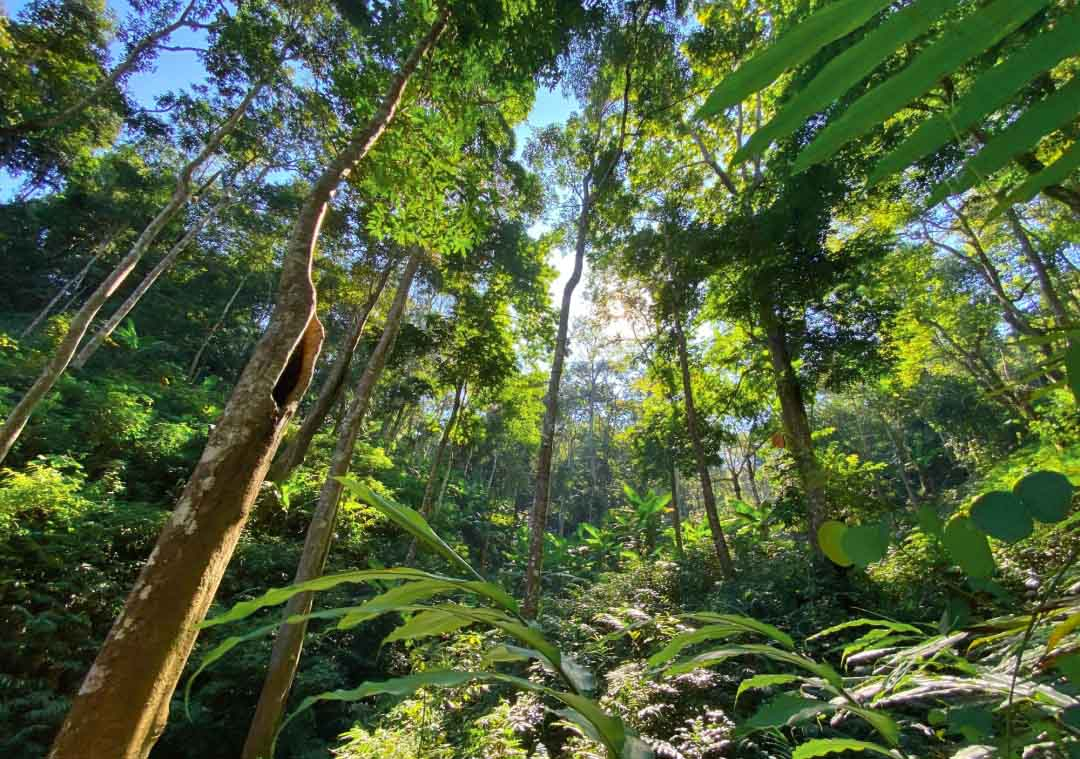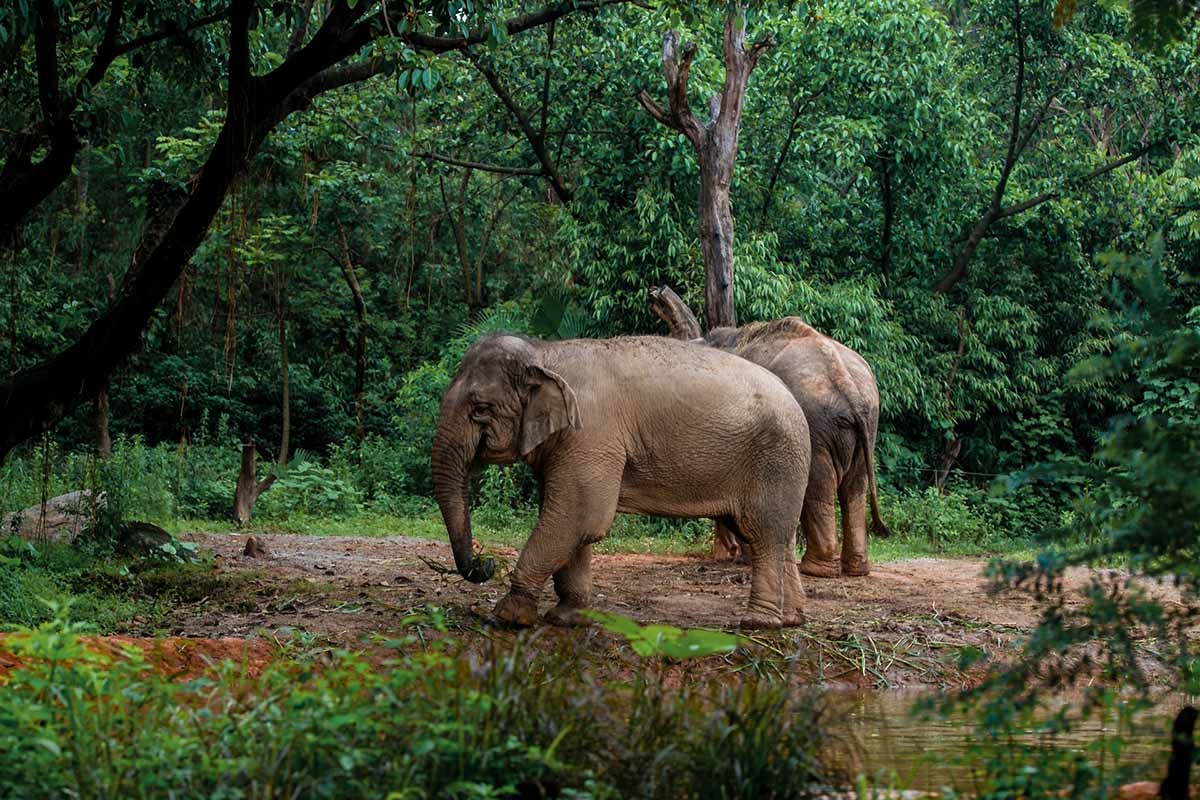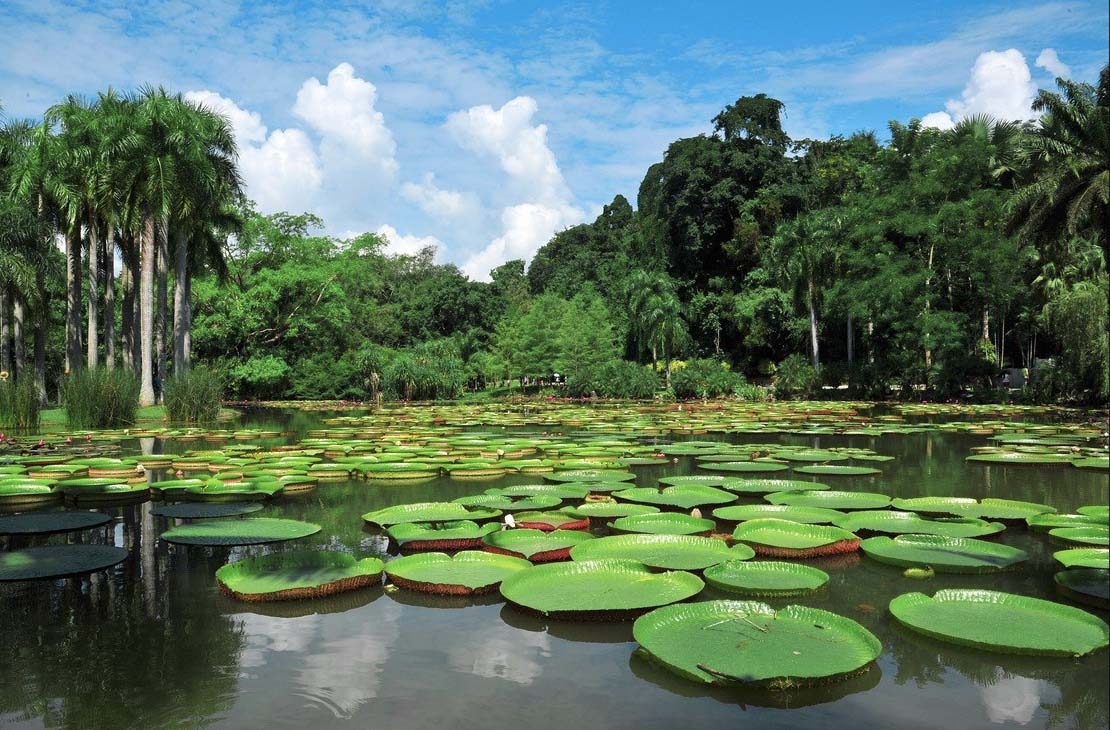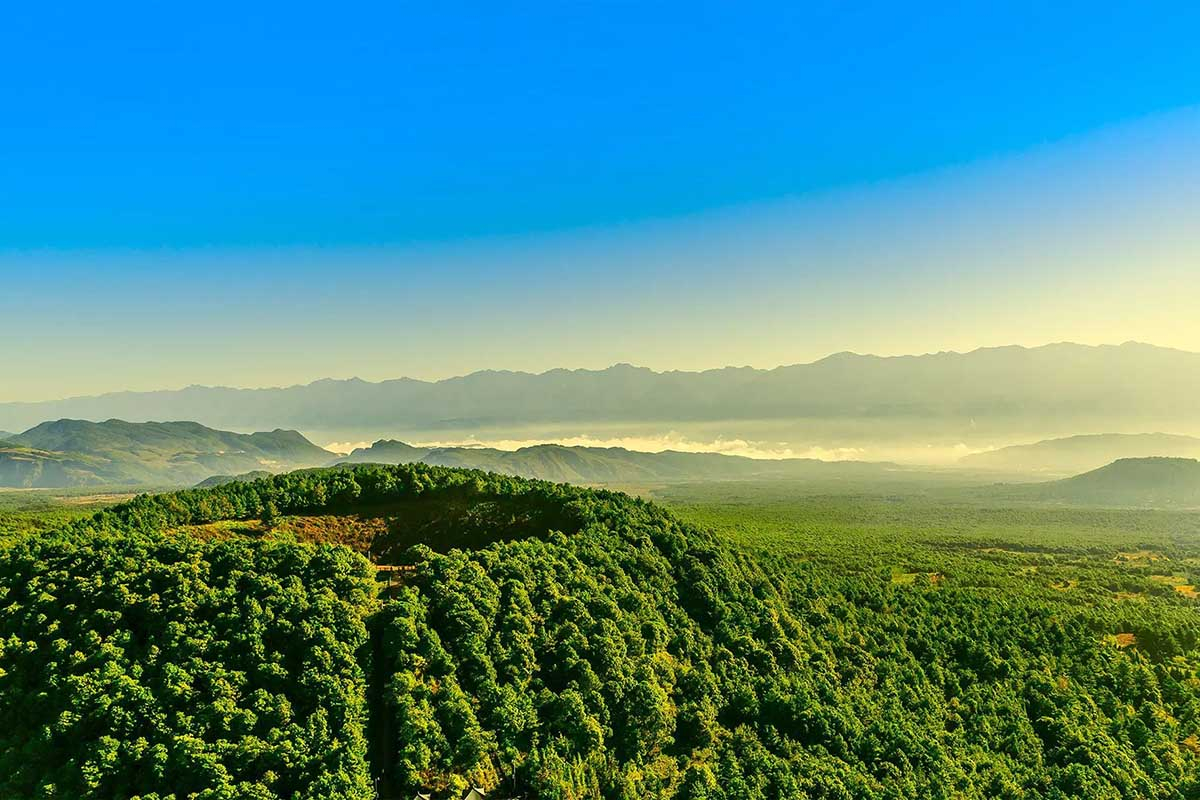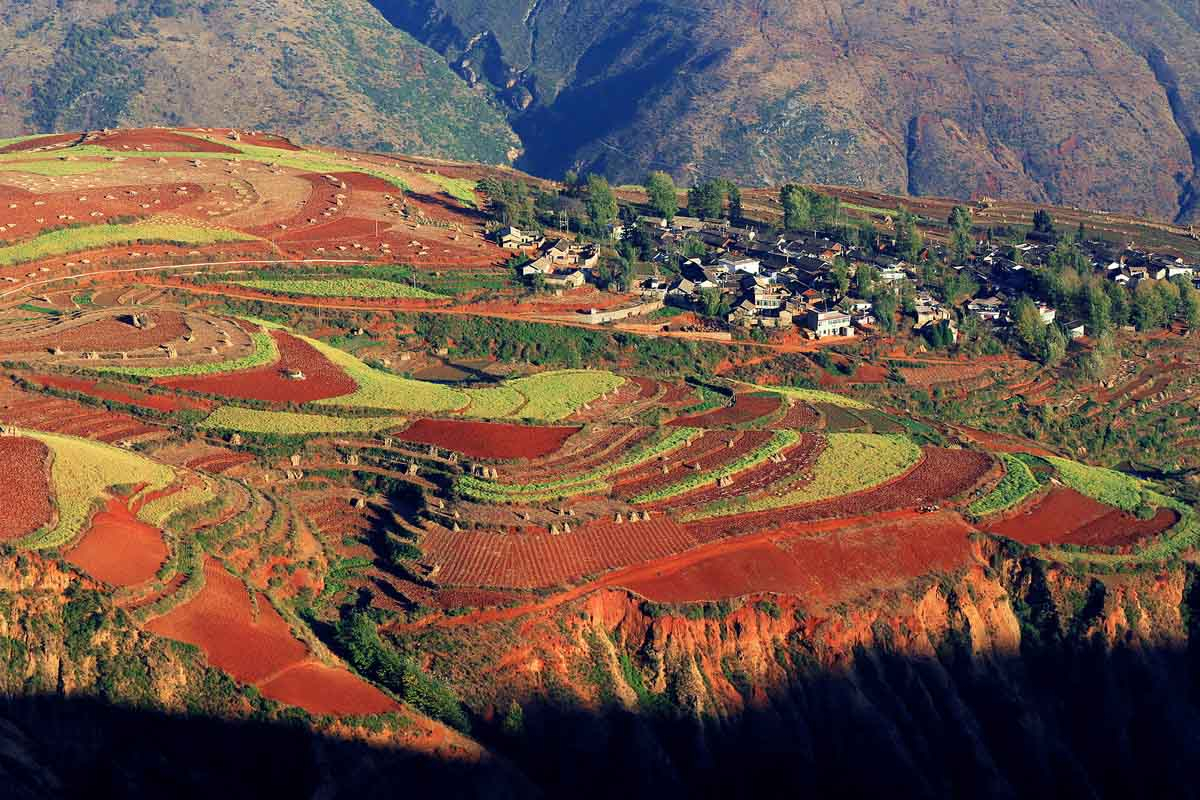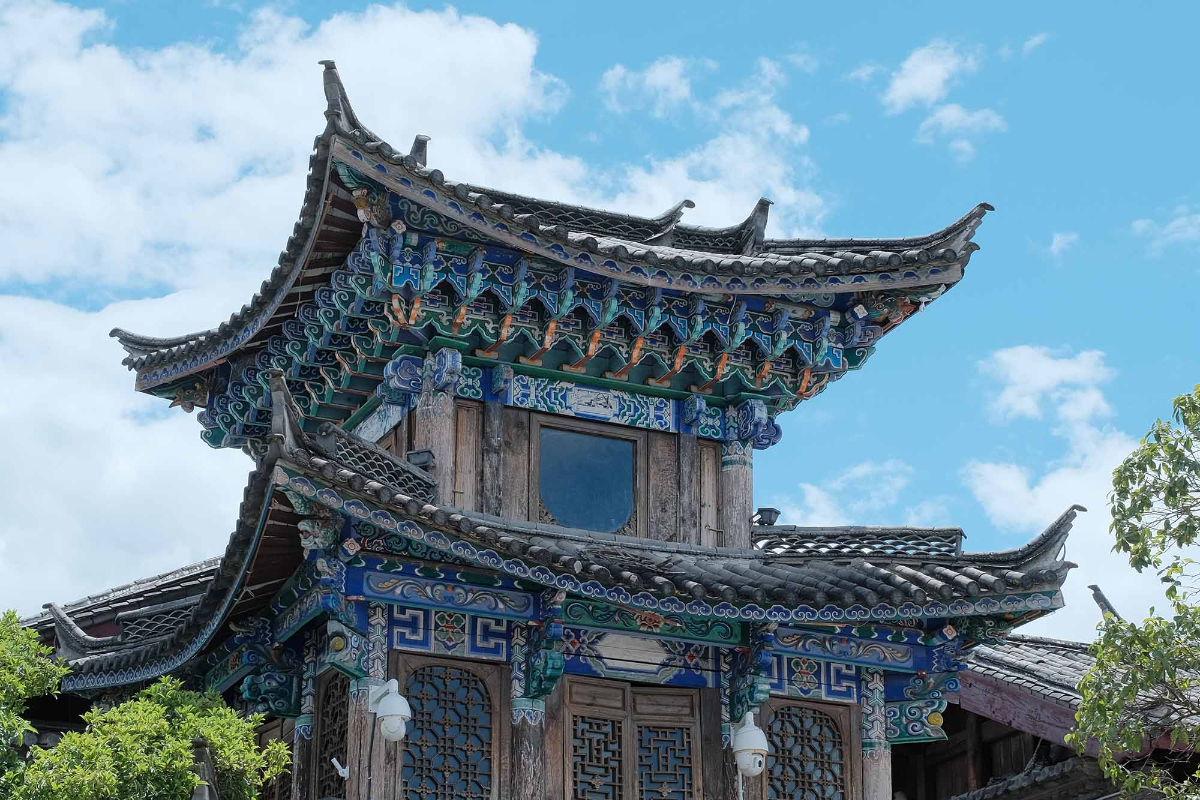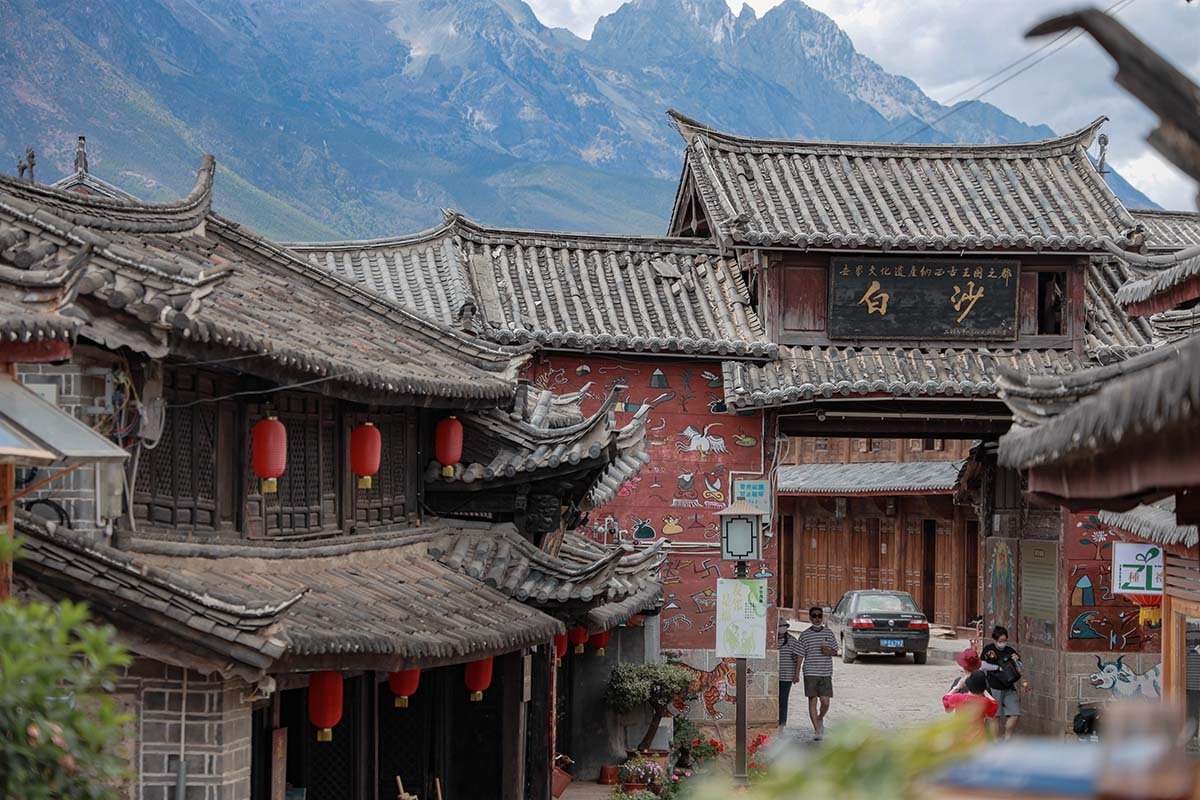Meili Snow Mountain
Chinese name: 梅里雪山(Mei Li Xue Shan)
Location: 10km northeast of Deqin County, Diqing Tibetan Prefecture, Yunnan Province.
Ticket: Feilai Temple CNY40.00, Mingyong glacier CNY130.00 include sightseeing bus, Wulongding CNY40.00
Estimated tour time: Half day to 3days
Recommended time to visit: Fall and Winter, especially during October to November
Nearby attractions: Napa Lake, Potatso National Park, Shika Snow Mountain, Shangri-La Grand Canyon, etc.
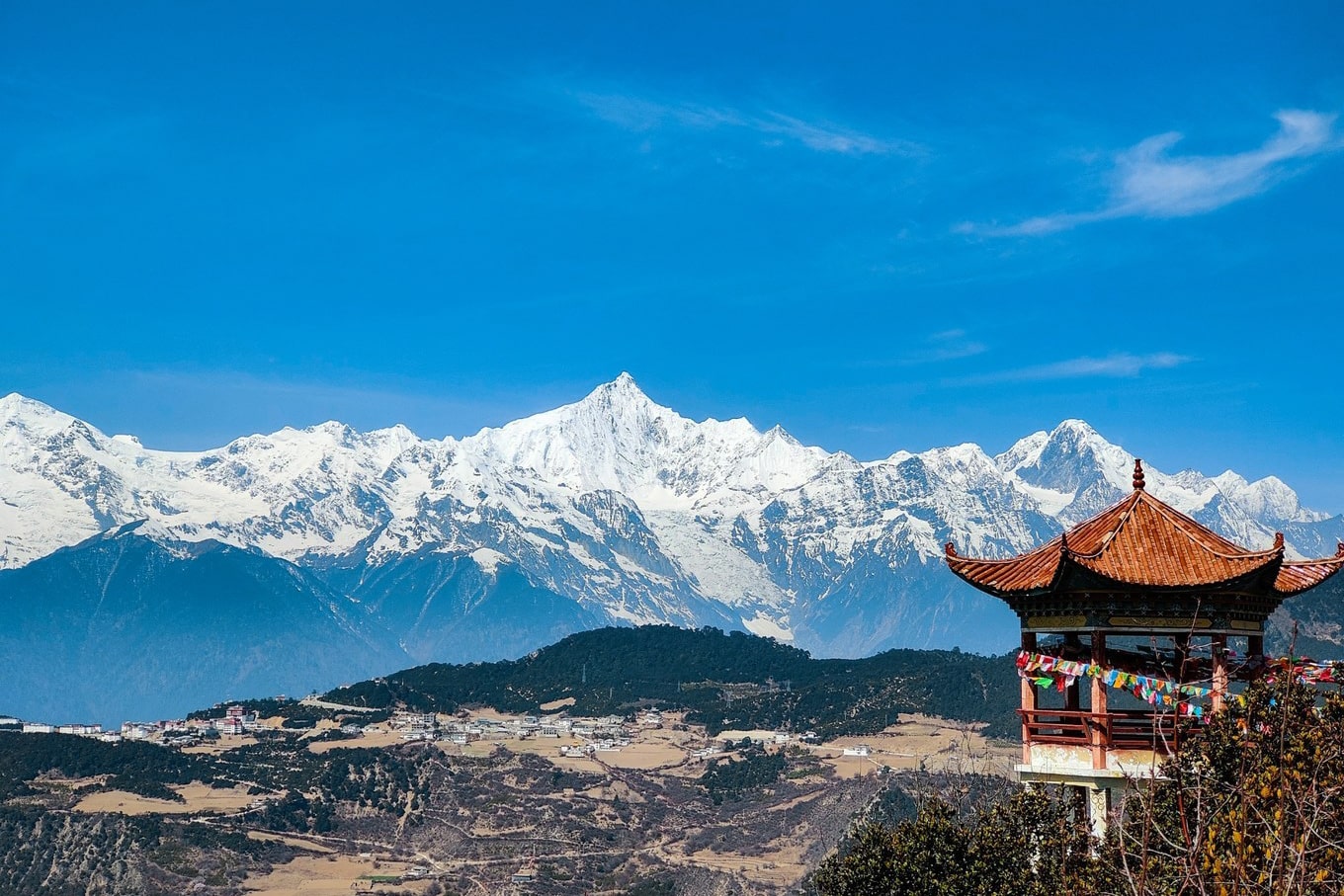
Meili Snow Mountain, the highest point of Yunnan, lies the north east of Diqing Prefecture, 184 km away from Zhongdian County.
There are 13 peaks with average elevations are over 6000 meters.Accroding to Tibetan Buddhism, the Meili Snow Mountains are the first of the eight holy mountains in Tibetan areas.
Among of them, Kawagebo peak with 6740 meters high above the sea level is the highest one. Up till now, nobody could reach the top of the peak though it is not the highest peak on earth. In the 20th century, the peak was climbed five times by climbing teams of Britain, America, Japan and Chine and but no one succeed. The grand Lancangjiang Canyon runs through the foot of the mountain.
In the Meli Snow Mountains there are glaciers that extend from 5,500 meters above sea level to the forest regions at an altitude of 2,700 meters, and they are modern monsoon marine glaciers in low latitudes, high altitude.
● Highlights of Meili Snow Mountain
Feilai Temple
As an active center of Tibetan Buddhism, the Feilai Temple founded by Sakyamuni greets many travelers a year who come especially to admire one of the most amazing views of the Meili Snow Mountain.
This Tibetan shrine was founded by Sakyamuni. It was said the temple was built by the Sakyamuni who was flying to this location from Tibet. Ten kilometers away from Deqin, this temple is very popular among Tibetans as a place to pay homage to the sacred Meili Snow Mountain. The Feilai Temple has hosted festivals and Buddhist activities in recent years.
Panorama of Meili Snow Mountain
The Feilai Temple, Guidabing in Tibetan language, is the second place where you can admire the amazing views of the Meili Snow Mountain after Yingbin Platform. The most spectacular view of the frozen peaks is observed at the edge of the day, when the sunshine is touching the sides of the mountain and illuminates the snowy peaks.
Mingyong glacier
Mingyong Glacier, an extremely long ice under the Kawakarpo Peak, is the largest, longest and lowest valley glacier in Yunnan Province. Meili Snow Mountain gives birth to many a cirque and glacier, among which the Mingyong Glacier is the longest, which called Mingyong Qia in Tibetan language; Mingyong is the name of a village underneath the glacier, and Qia means the melted water from glaciers.
The glacier retreated 200 metersin four years. The region has also seen a rising tree line and these events are believed to be associated with global warming. The glacier is sacred to the local peoples.The glacier is fed by snows which fall on 6,740 mMount Meili, also known as the Meili Snow Mountain. Glaciers in China's Tibetan region are melting at 7 percent annually.At 28.5 degrees north and an elevation of 2,700 meters , the glacier is located at the lowest latitude and elevation of any glacier in China.
The whole Mingyong Glacier extends 5 km from north to south and 3 km from east to west. It is an enormous ice and snow valley, which become a lake with melted water in summer sunny days. The lake has a 50-meter diameter, and black blue water, which refreeze to ice during night; it is the rare neve basin wonder in the transverse mountains. In the south side of the glacier is a mountain ridge run north-east with several residual summit planes, which stands 5500 meters high and covered with an ice cap. The ice and snow in north slope flows down to the cliff, produces 5 hanging glacier and remanie glacier. All in all, on the Mingyong river valley, there are diversified types of glaciers, and the physiognomy of the glacier itself is also ever-changing, both constitute the distinct glacier wonder in northwest Yunnan.
● Pilgrimage Meili snow mountain
Tibetan buddhists believe the Meili Snow Mountain is one of the eight holy mountains in the Tibetan region. Therefore, pilgrimage around it is a long-cherished dream to Buddhists.
There were two ring routes to pilgrimage around Meili snow mountain— the major route and the minor route. It takes one four to six days to finish the minor route, but pilgrimage along the major route, with a mileage over 150 kilometers, makes a ten-day odyssey as the elevation, landscape and weather conditions vary greatly.
Although the pilgrimage through major route is difficult to accomplish, a large number of believers still choose the route to express their piety. In addition, the route offers a panoramic view of the natural landscapes in the region, such as lakes, waterfalls, virgin forests, glaciers, meadows, gorges and so on.
For mass tourists, September and October are best season to circle the Meili Snow Mountain. Big temperature differences in a day, complicated geological conditions, and other challenges in the wilderness are inevitable hardships of circling the Meili Snow Mountain.
● Deqin Climate
The climate in Deqin County belongs to cold temperate mountain monsoon climate. The climate is greatly affected by altitude. The latitude effect is not obvious. As the altitude rises, the temperature decreases and the precipitation increases. Most of the seasons are unclear. The winter is long and the summer is short. The dry season and wet season are usually obvious. The average annual rainfall is 633.7 mm. The precipitation in the rainy season from May to October accounts for 77.5% of the annual precipitation.
The annual average precipitation in the northwest is below 660 mm, and the annual average precipitation in the southeast is around 850 mm. The annual average temperature is 4.7°C, the annual maximum temperature is 25.1°C, the minimum temperature is -27.4 °C, the sunshine duration is 1980.7 hours, and the sunshine percentage is 4.5. The average first frost is on September 30, and the final frost is on May 23, the earliest frost is on August 28, and the latest frost is on June 12. The frost period is generally 236 days per year, and the frost free period is only 129 days.
● Best time to visit
Due to its high altitude, Deqin never really gets hot. The summers are warm and get a lot of rain, while the winters are very cold and very dry.
Deqin has long and cold winters, and short summers. But summers of Deqin are not that hot because of its high altitude. Winters are quite dry while summers are much humid in Deqin. Thus, winter is the best time to visit Deqin despite of the coldness.March is the worst month; this is when the rainy season starts, but due to the cold it will usually snow which can cause road closures.
- HOTEST
- RECOMMEND
